the awakening, 2013
video performance | 9:52min | edition 7 + 1 AP
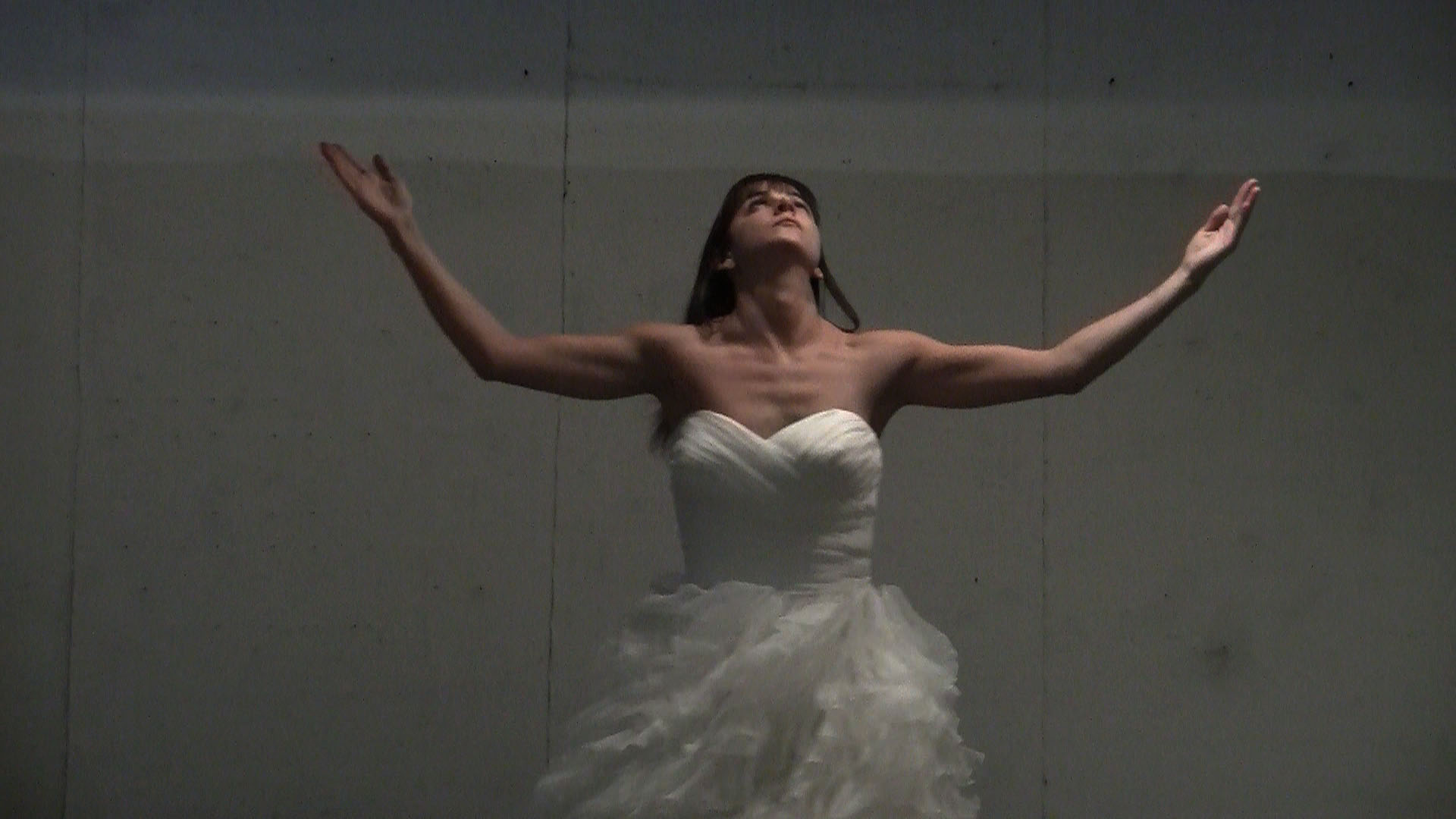

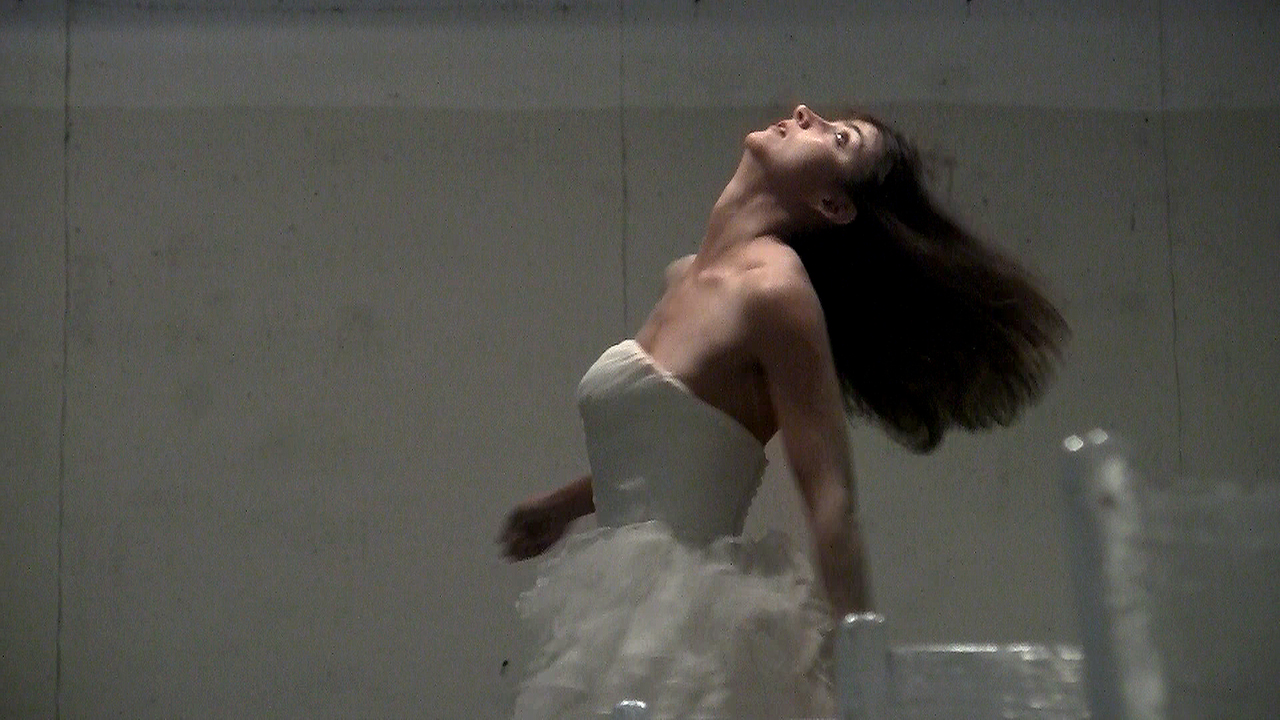
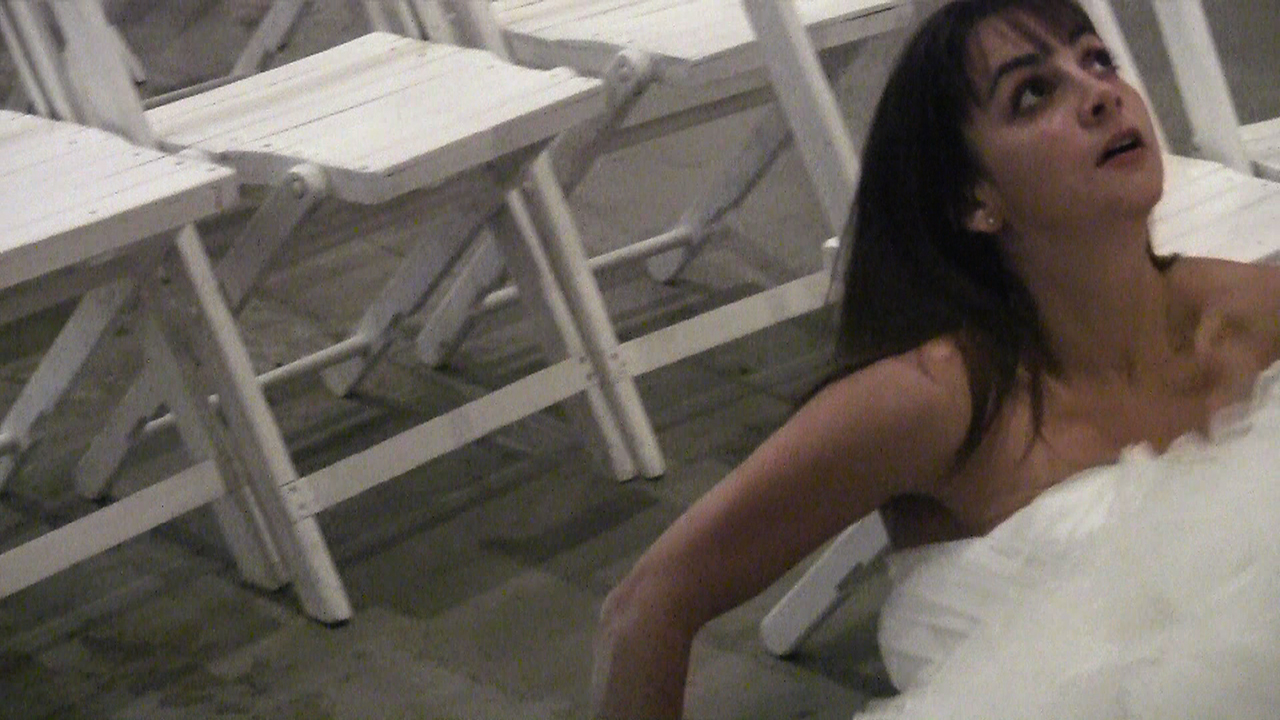
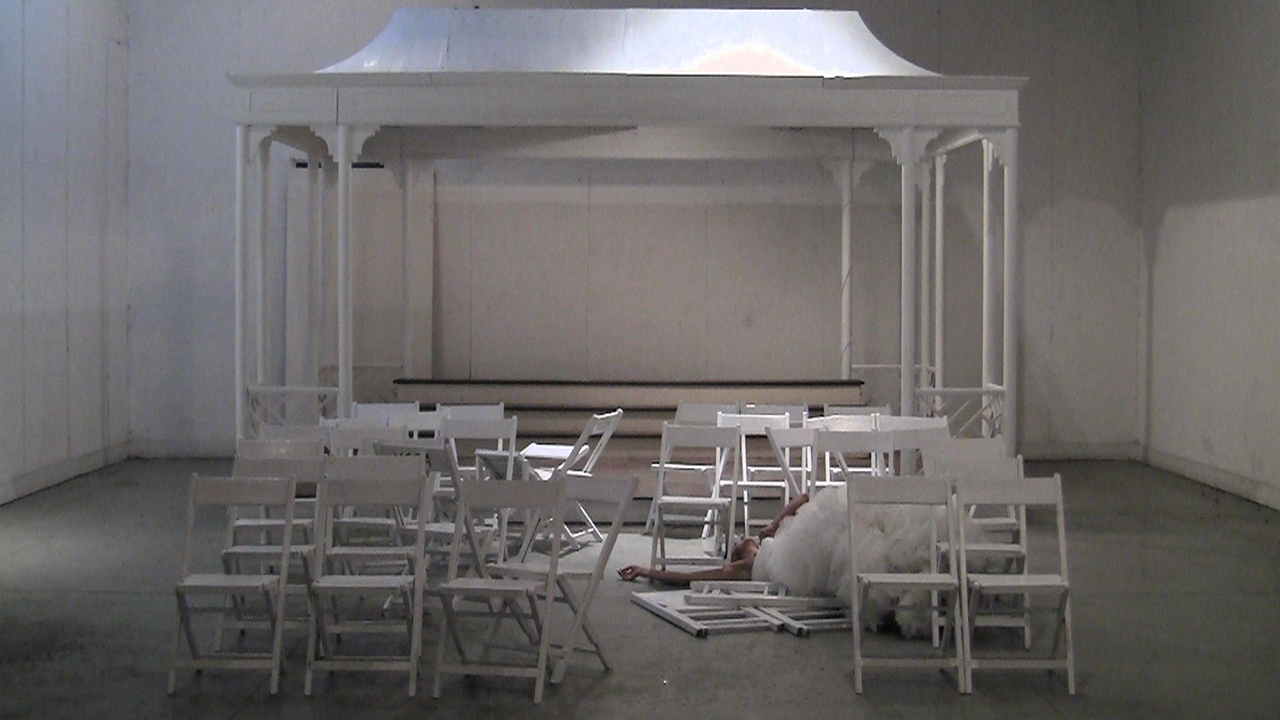
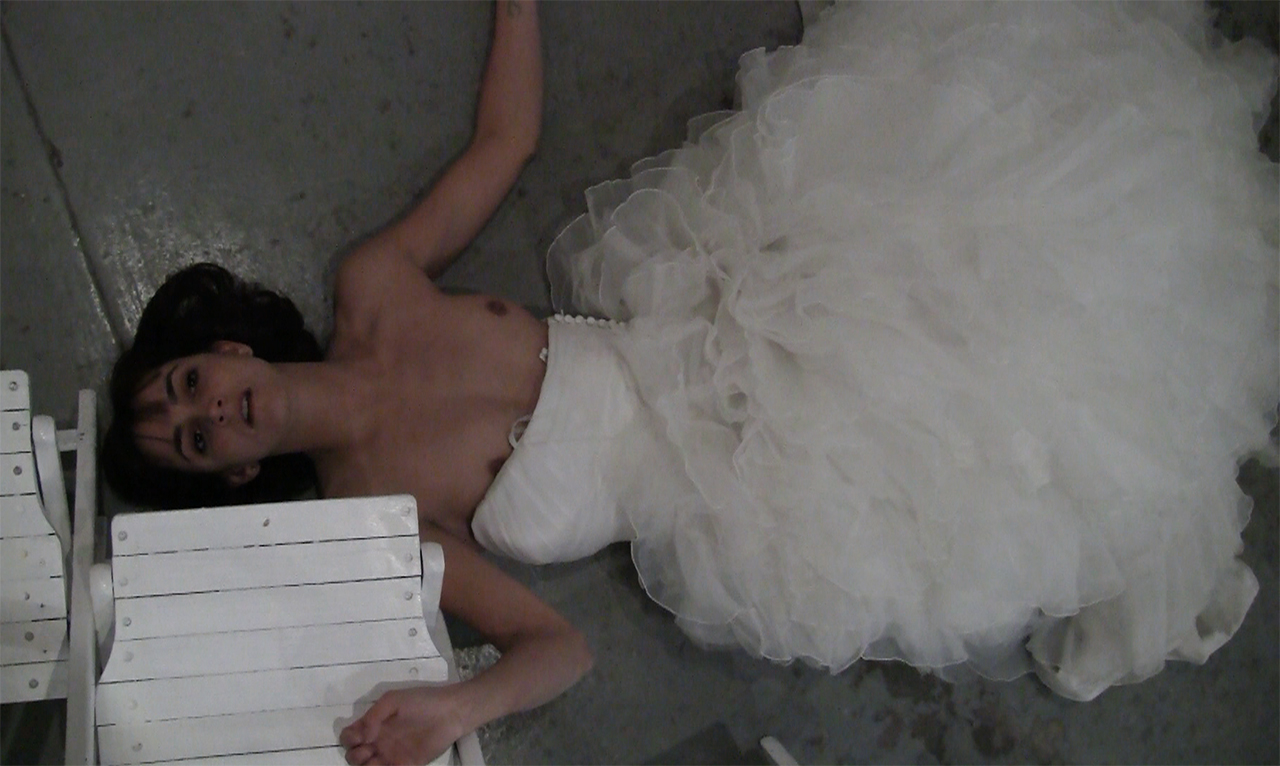
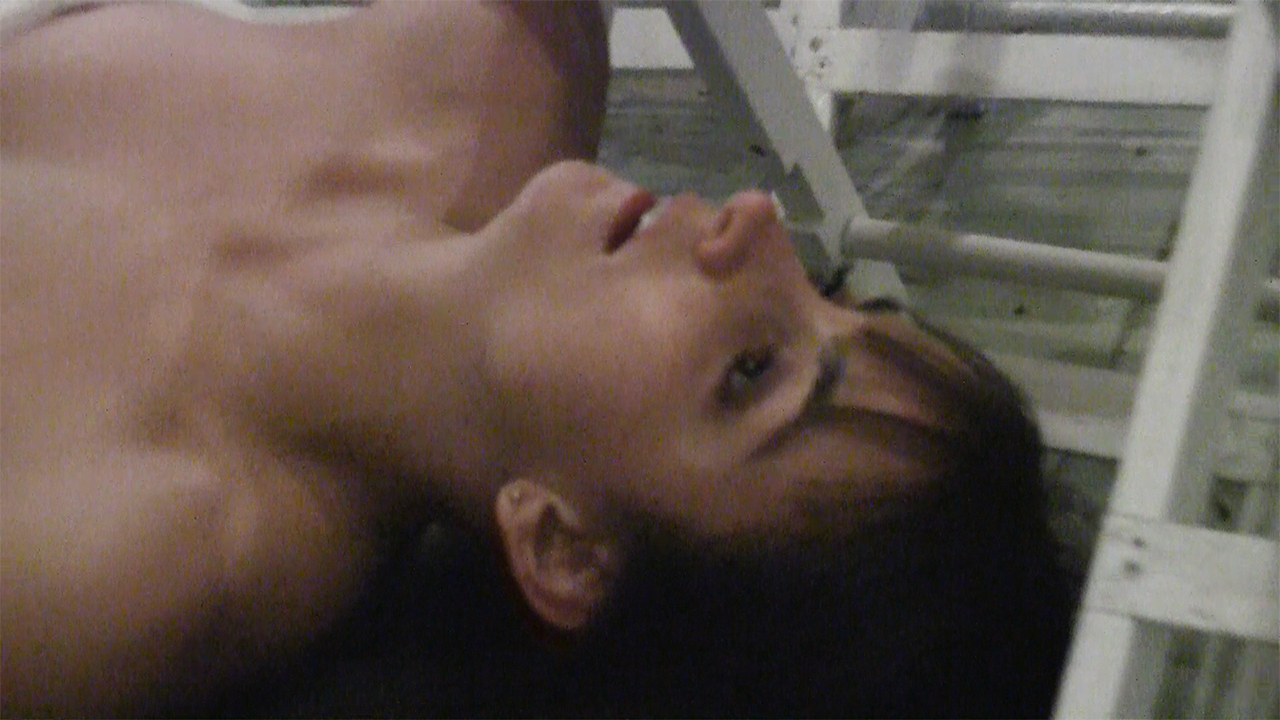
“The wound is the place where the Light enters you.” - Rumi
To spin, to undo, to fall, to rise again, beyond physical pain and this human plane…The body encloses the self in everyday expression. Breaking free, the body becomes a channel for seeking, for spiritual fulfillment. The ritual, the process, of knowing enlightenment. Presence obtained through vulnerability. - Kathryn Cornelius, March 2013
Jessica Beck, Art Historian and Programs and Programs Associate at the Hirshhorn Museum and Sculpture Garden on The Awakening:
"In The Awakening, her most recent work, Cornelius explores the body as a vessel of energy and movement as a means of accessing the spiritual or divine. Defined as a rising from sleep, or (in modern use) from sloth, inaction, or indifference, awakening is also used in religious traditions such as Buddhism as a descriptive term for a spiritual experience of a new consciousness, one that emerges from what the artist calls 'a significant break with a past self.' In this video, Cornelius obliquely references the wedding of Save the Date, but this time she enacts a ritual for one. Her performance is no longer concerned with the endurance of love with another, but about the journey of loving oneself. Donning the symbolic wedding dress, Cornelius stands in a white gazebo with empty chairs arranged in two sections reminiscent of the evenly divided chairs of the wedding ceremony: groom’s attendees on the right and those of the bride to the left. The room in this staged performance is empty, and the artist is alone. There are no ceremonial attendees or fragments of the wedding of her past. Her isolation is intentional as this is a ritual of connecting with the self.
Standing with her hands high in the air, similar to the yoga sun salutation, the artist’s arms slowly lower, stop at her shoulders, and reach outward to propel her body into a spinning motion. While her body appears strong, the pose and backdrop conjure the fragility and delicacy of a music box ballerina, which turns slowly in time with the imagined sound of mechanical notes. Eventually Cornelius’s spinning increases to an accelerated twirl, similar to the spiritual practice of the whirling dervishes, who spin their bodies as a means of connecting with the divine. This circular motion, in the Sufi tradition, is thought to unite the three fundamental components of human nature: the mind, the heart, and the body. Interested in the revolving and evolving nature of the motion, spinning counterclockwise is an intentional choice for the artist, who believes it is 'representative of Yin energy and emphasizes the direction of inward channeling, while simultaneously recalling childlike play of spinning in the backyard.'
Instead of the waltz commonly heard in a music box, Cornelius spins to the soundtrack of 'vibrational medicine' or 'harmonic vibrational resonance made from crystal bowls' that is believed to 'activate the root, sacral, solar plexis, heart, throat, third eye, and crown charkas and their corresponding body parts.' Her path to this state of transcendence is not without physical challenges as she falls to the ground, crashes into empty chairs, and sweats and breathes heavily.
In the final sequence of the film, the artist is seen exposed, with her dress falling from her chest, lying breathless on the floor and holding an extended gaze into the 'nothingness of beyond, the experience of fullness in emptiness.' For the artist this pain and ritual of connecting to the spiritual awakens the opportunity for change; her awakening, the stirring of energy from within, reveals a journey towards growth, self-resilience, preservation, and rejuvenation. For Cornelius, this cycle of suffering and healing is understood best through the words of the Persian poet Mewlana Jalaluddin Rumi: 'The wound is the place where the Light enters you.'"
